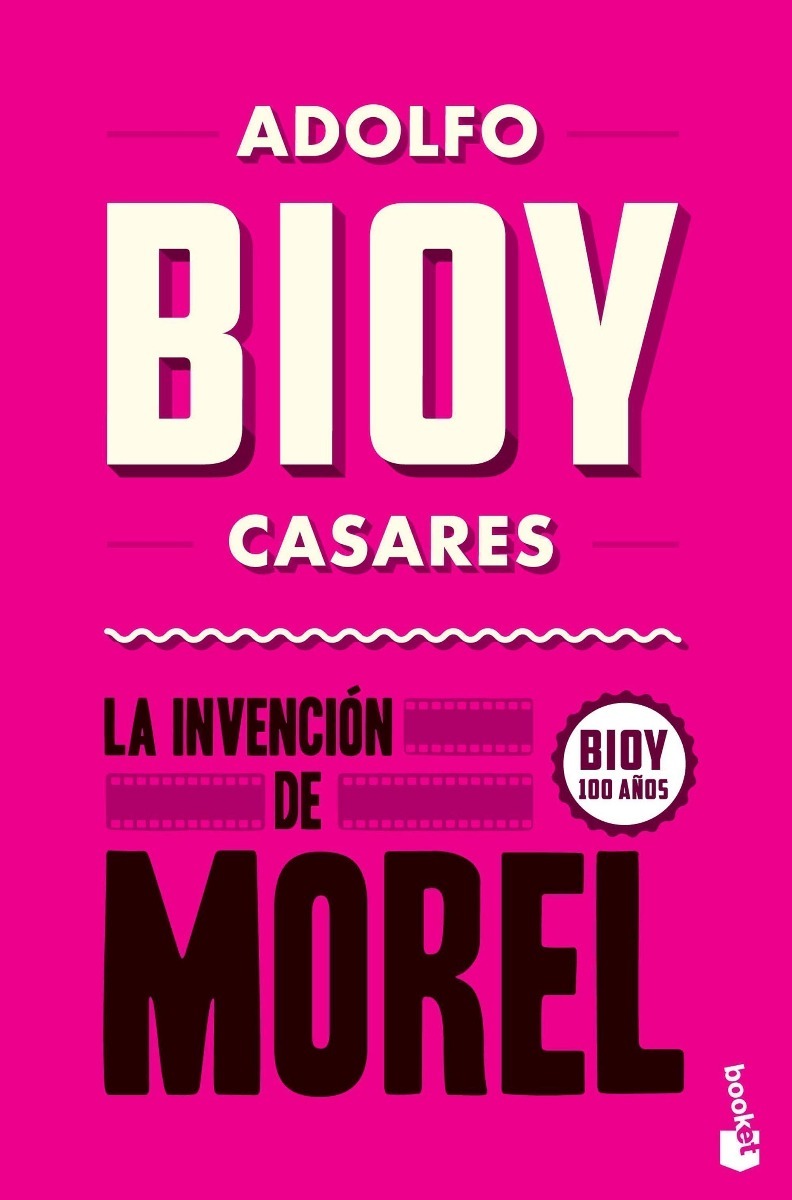

The dining room measures approximately forty feet by fifty. There are some wicker chairs in the room, and the walls are lined with books. The principal staircase is at the end of the hall it is elegantly carpeted. One door opens onto the hall another opens onto the round room another, the smalles t one, is concealed by a screen and opens onto a spiral staircase. Four alabaster urns (six men could hide in each one ] irradiate electric light. The windows, with their panes of blue glass, would reach the top floor of the house where I wa s born. The large room, a kind of assembly hall, has walls of rose - colored marble, with greenish streaks that resemble sunken colum ns. We should seek to preserve only the part that has to do with consciousn ess.) (I believe we lose immortality because we have not conquered our opposition to death we keep insisting on the primary, rudimentary idea: that the whole body should be kept alive. I examined the shelves in vain, hoping to find some books that would be useful for a res earch pro ject I began before the tri al.

I wanted to read it because I was intrigued by the name Belidor, and I wondered wh ether the Moulin Perse would help me underst and the mill I saw in the lowl ands of this island. The only exception wa s a sma ll volume [Belidor, Travaux: Le Moulin Petse, Paris, 17371, which I found on a green-marble shelf and promptly tucked away into a pocket of these now threadbare trou sers. In one room there is a large but incomplete coll ection of books, consisting of novels, poetry, drama. It could be a fine hotel for about fifty people, or a sanatorium. The museum was open when I arrived I moved in at once. I do not know why the Italian referr ed to it as a museum. The museum is a large building, three stories high, without a visible roof it has a covered porch in front and another sma ller one in the rear, and a cylindrical tower. The chapel is flat, rect angular-it looks like a long box. The swimming pool appears to be well built, but as it is at ground level it is always fill ed with snakes, frogs, and aquatic insects. The buildings are modern, angular, unadorned, built of unpolished stone, which is som ewhat incongruous with the architectural style. The museum, the chapel, and the swimming pool are up on the hill. "The island has four grassy ravines there are large boulders in the ravine on the western side.

Bioy Casares describes an island, and in the island describes three buildings, the description of which makes third-person, through the protagonist, who travels and is described as him.

The Invention of Morel is a fantastic book for each chapter, until the latter becomes an amazing and brilliant book. Born in Buenos Aires, Argentina, in 1914, and died in the same city in 1999. This work can be found in member NYRB Classics published. Today we remember an extract of book The Invention of Morel by Adolfo Bioy Casares.


 0 kommentar(er)
0 kommentar(er)
